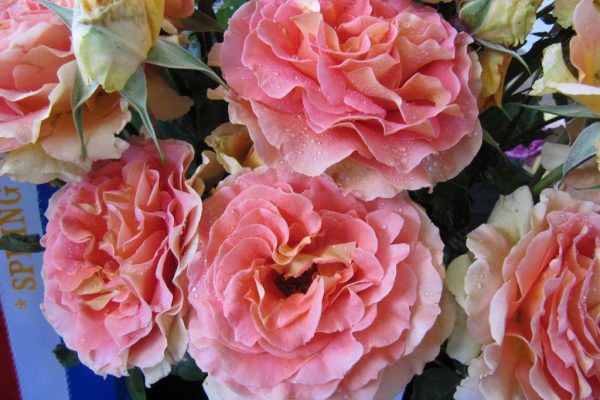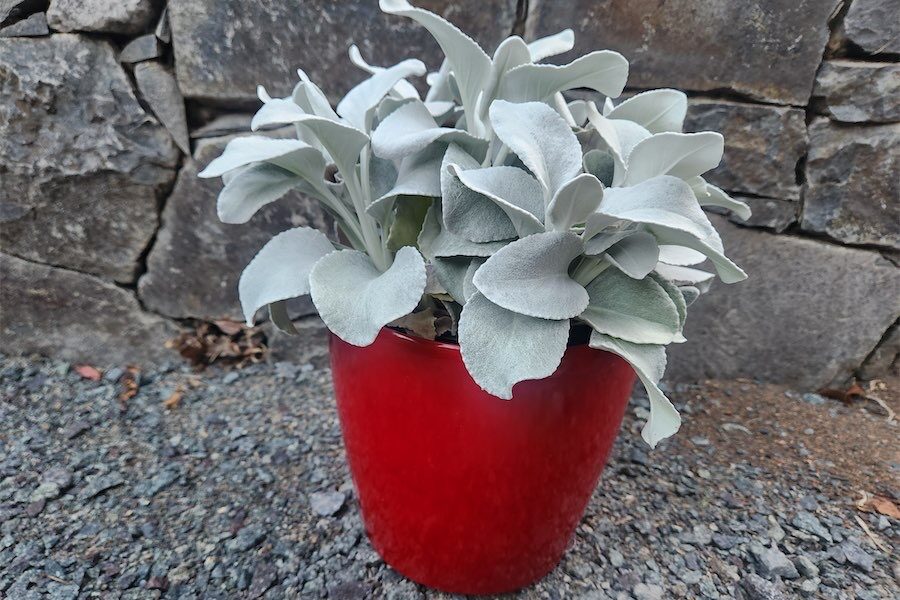
“Roses respond to feeding, all shrubs do. I water them when I find time,” says rose authority Charles Quest-Ritson, and gardening columnist CEDRIC BRYANT agrees.
AS we go into spring, here are some ideas on the care and attention of roses.
The traditional advice was that now is the time to get on with pruning. However, in the article “Time to drop the myths about roses” in the British “Country Life” magazine, Charles Quest-Ritson says: “Almost all the traditional advice on how to grow roses is baloney”.

Quest-Ritson is an authority on roses and author of the Royal Horticultural Society’s “Encyclopedia of Roses”.
He goes on to say: “Roses are wonderfully rewarding and easy to grow, but they have a reputation of being difficult. All that mumbo jumbo about pruning and earnest advice about pests and diseases – that is where the trouble begins.
“I don’t spray my roses and most of my plants get mildew or black spot or both. Does it matter? Fungal diseases never killed a rose.
“Life is too short to spray and we are not here to underwrite the profits of the chemical industry.”
I definitely agree with that statement given my constant appeal to gardeners not to use chemical fertilisers and sprays.
On pruning, he says: “I do not prune at any particular time and only prune when I think they are getting too big, not flowering enough or need opening up.
“That’s the key to pruning, just think of them as another shrub.
“Take hybrid teas for example, I dead-head them if I have the time and sometimes let them go for three or four years without a proper prune, whereupon they start flowering much earlier and produce many more flowers.
“I grow at least 1000 roses of every type and they don’t seem to suffer from my failure to apply the traditional rose wisdom of ‘pruning in late winter to within an inch of their life’.”
“The idea that roses are gross feeders dates back to 19th century fashion for growing roses for exhibition… Roses are garden plants and I do not have the time to lug barrow loads of manure round the garden in winter. Roses respond to feeding, all shrubs do. I water them when I find time.
“So let’s abandon the myths; I know, I know, roses are among the easiest and most rewarding of all plants, but they don’t have to be constantly watered, dead-headed, pruned and sprayed – just simply enjoyed”.
I’m sure anyone growing roses to win prizes will strongly disagree. However, for the average gardener, I agree with all these sentiments.

MOST birds need fairly shallow water to be able to drink, stand in, dunk in and wash the dust off their feathers, and when it comes to garden bird baths, many are filled too deeply. I suggest a water depth to a maximum of six centimetres.
Ideally bird baths should be placed in an open space in the garden, not close to bushes or under trees where cats can sit and wait to attack. Birds like to see 360 degrees around them.
While currawongs are said to attack and frighten off most other birds, experience in our garden has been the opposite. While we have a regular pair using the bird bath on a daily basis, we also have top-knot pigeons, wattle birds, pee wees, parrots and, my favourite, the blackbird.
On occasions we have more than one variety in the bird bath at the same time, say parrots washing and top-knot pigeons sitting on the edge waiting for their turn.
NOW’S a great time to plant clematis, with most garden centres already having a wide selection. According to some online advice, they are easy to grow providing a few simple measures are followed:
- Dig as deeply as possible a patch at least 60cm across.
- Add compost worked well into the soil, but not animal manures.
- Add a dusting of garden lime.
- Plant clematis at least 4cm deeper than it is in the pot.
Jottings…
- Hold off tidying up frost-affected leaves on evergreen shrubs. Late frosts can cause real damage to newly emerging leaves.
- Dig and divide bearded iris, lightly trim scraggly roots. Replant rhizomes facing north and south.
- Citrus can be planted now, however be prepared to cover if frost is forecast. I prefer to wait until mid-November before planting.
- Finish cutting conifer hedges, shaping the top narrower than the base to allow even sunlight on the whole hedge. Conifers will then not generally need to be trimmed again until March.
Who can be trusted?
In a world of spin and confusion, there’s never been a more important time to support independent journalism in Canberra.
If you trust our work online and want to enforce the power of independent voices, I invite you to make a small contribution.
Every dollar of support is invested back into our journalism to help keep citynews.com.au strong and free.
Thank you,
Ian Meikle, editor




Leave a Reply